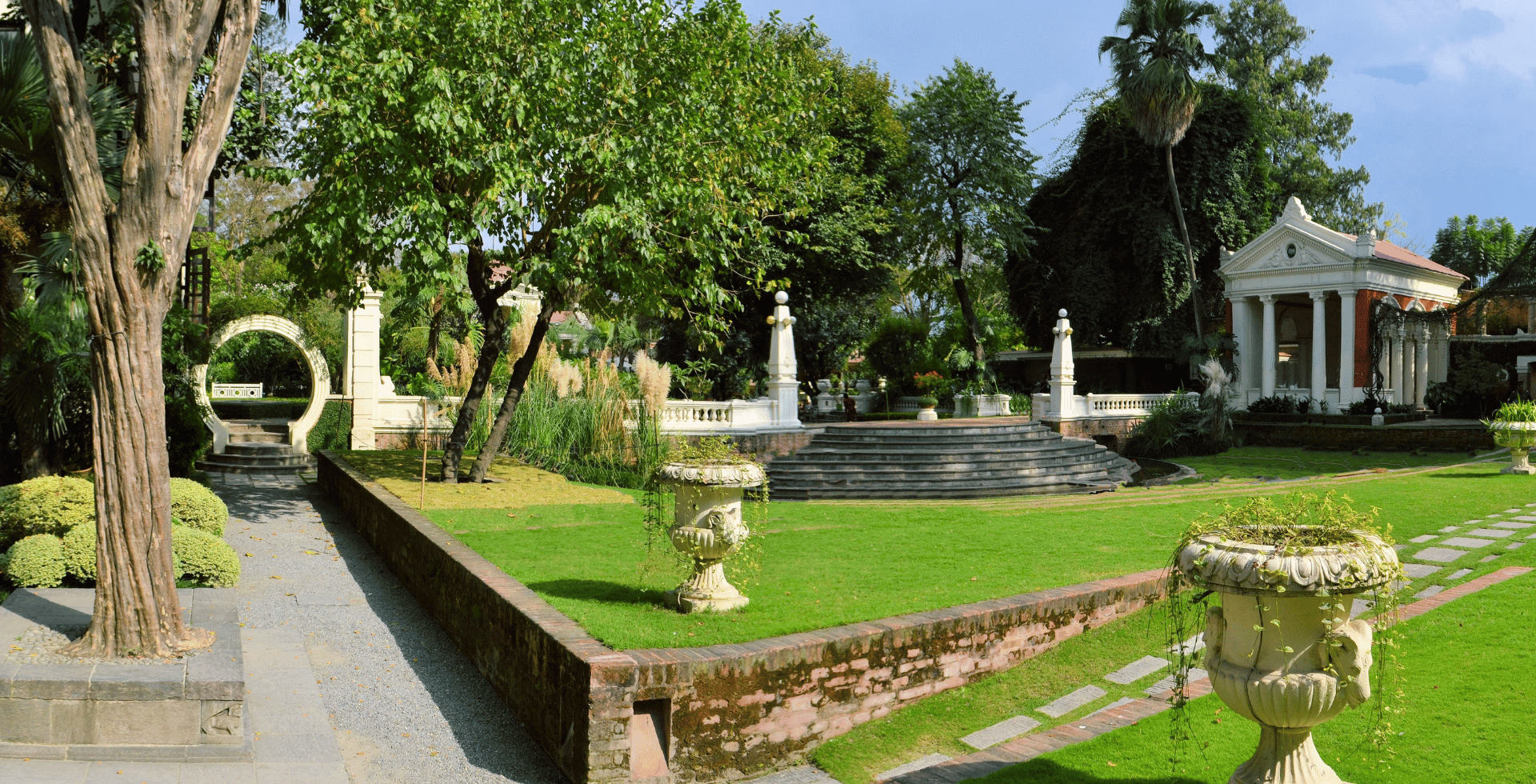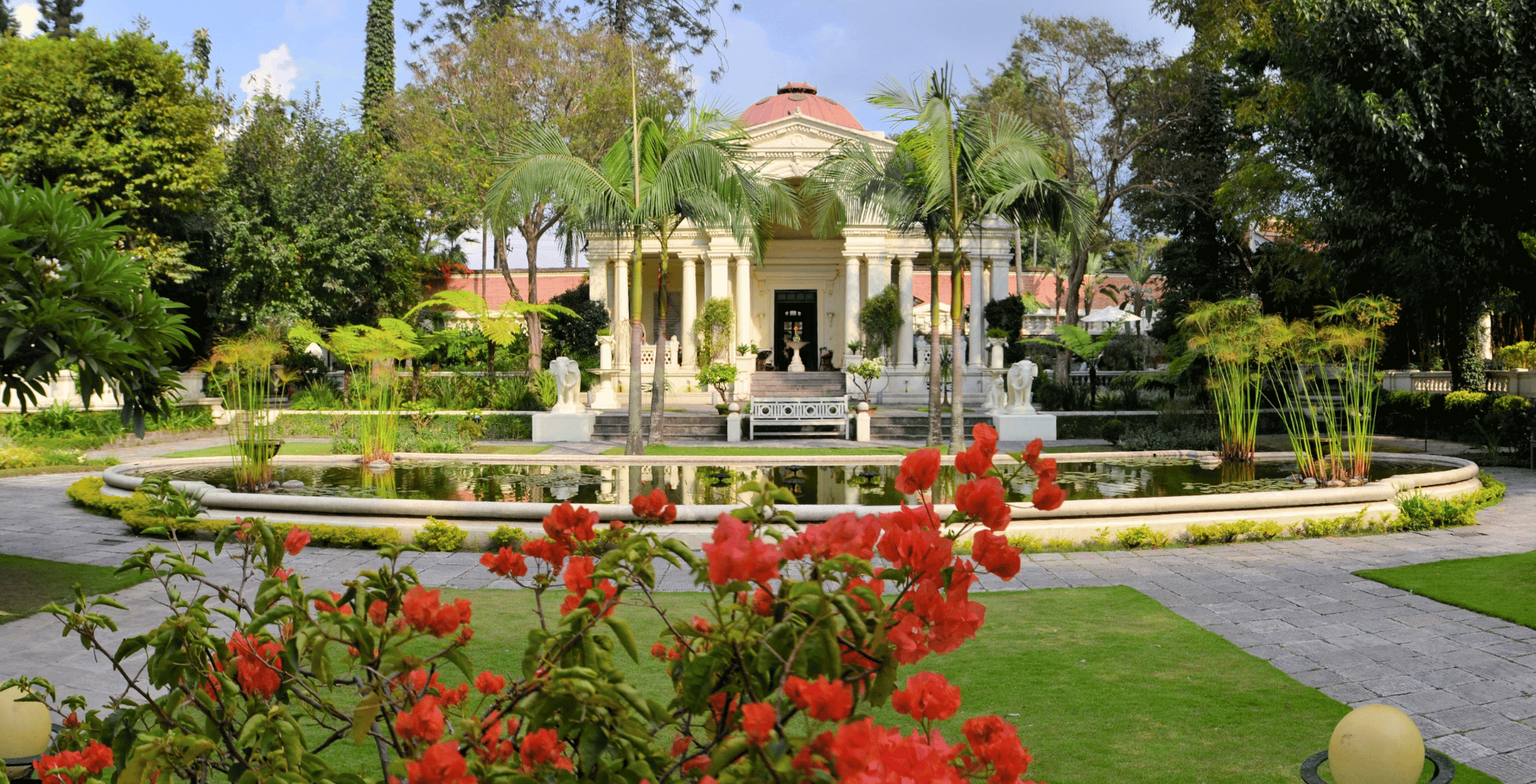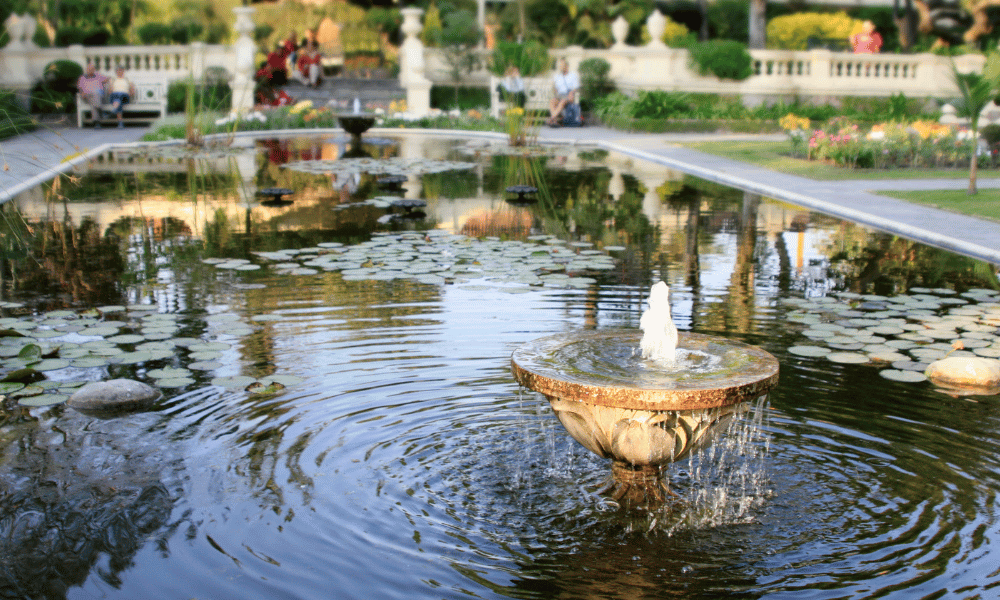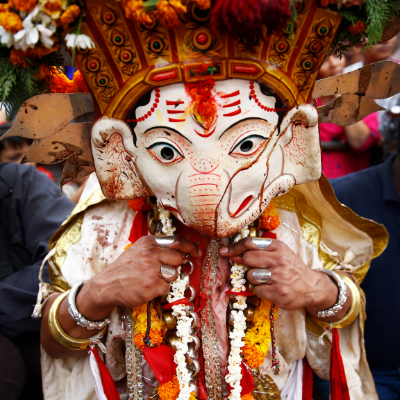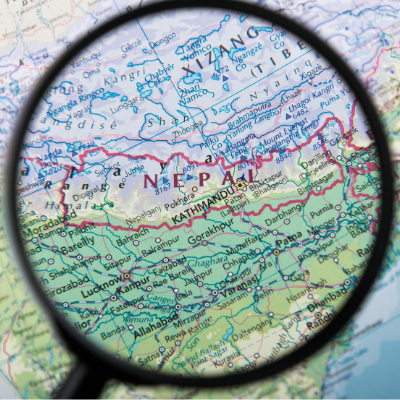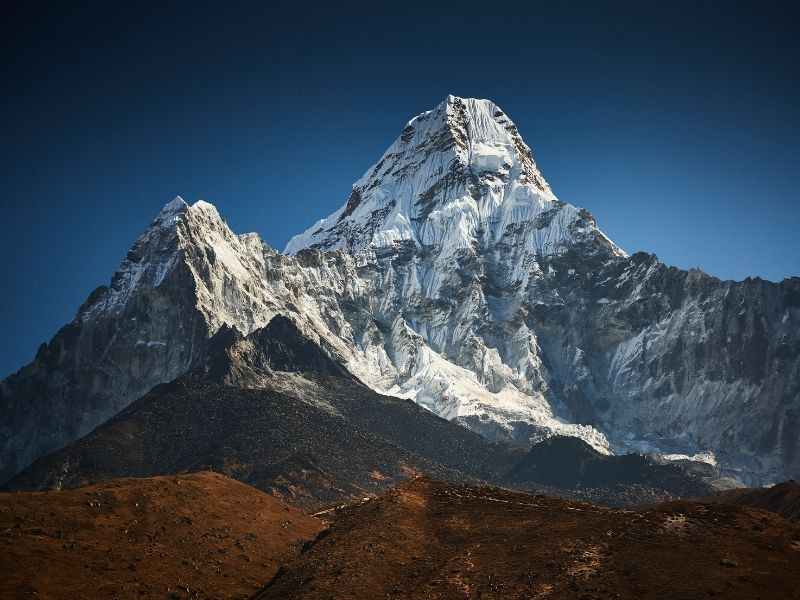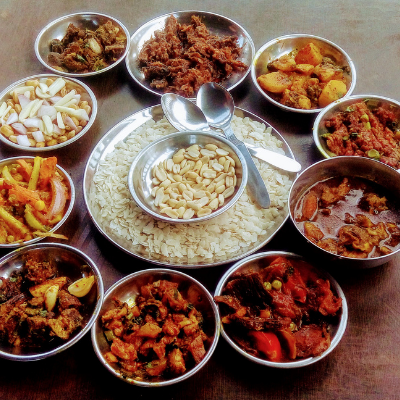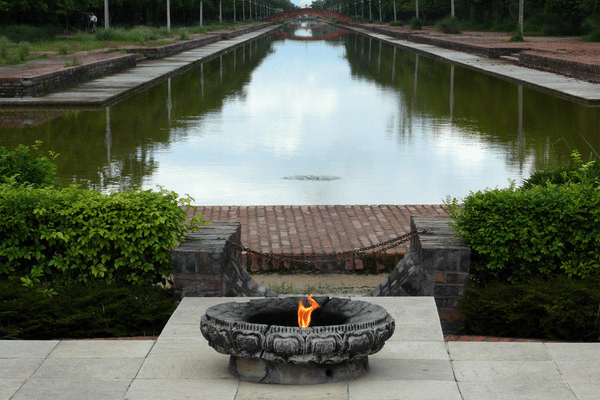The Garden of Dreams is more than just a well-manicured garden. It is a place where history and beauty intertwine, offering visitors an experience unlike any other in Kathmandu. There is something for everyone at this stunning location, with a range of attractions and activities to suit all interests. From tranquil ponds and pavilions to stunning architecture and serene gardens, the Garden of Dreams is a true gem in the city's heart. Let's explore some of its major attractions.
Six Pavilions for Six Seasons
One of the unique features of the Garden of Dreams is the "Six Seasons" concept, which is inspired by the traditional Nepali calendar that has six seasons instead of four. To celebrate this unique aspect of Nepali culture, the Garden of Dreams has six pavilions, each dedicated to one of the six seasons. The pavilions are designed in the same Edwardian style as the rest of the garden and are named after the corresponding seasons in Nepali.
For example, the "Grishma" pavilion is dedicated to the hot summer season, while the "Sharad" pavilion celebrates the cooler autumn season. Each pavilion is designed to reflect the mood and atmosphere of its corresponding season, with unique architectural features and intricate detailing.

Visitors to the Garden of Dreams can enjoy wandering through these six pavilions, admiring the architecture and design that captures the essence of Nepal's diverse climate and culture. It is a beautiful way to experience the rich cultural heritage of Nepal while also enjoying the stunning beauty of the garden. The Six Pavilions for Six Seasons are a testament to the Garden of Dreams' commitment to preserving and promoting Nepali culture and heritage.
Neoclassical Architecture
The Garden of Dreams is a stunning example of the fusion of different architectural styles, one of which is neoclassical architecture. Neoclassicism is a style that emerged in the mid-18th century in Europe, and it draws inspiration from the classical architecture of ancient Greece and Rome.
The neoclassical elements of the Garden of Dreams can be seen in its pavilions and structures, which are adorned with elegant columns, pediments, and symmetrical designs. The neoclassical style adds a sense of grandeur and timelessness to the garden, making it a visual feast for visitors.
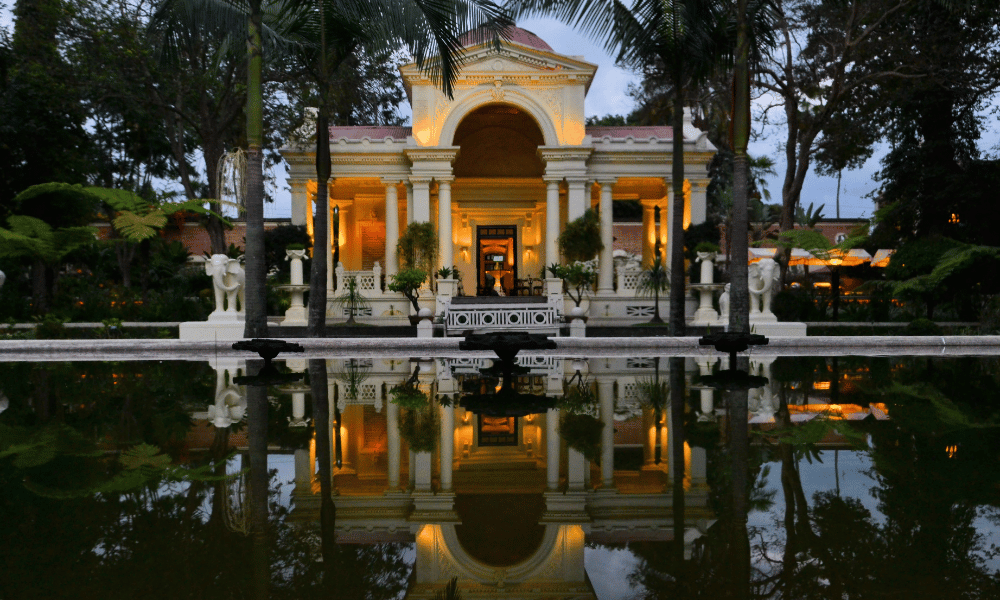
One of the most prominent examples of neoclassical architecture in the Garden of Dreams is the Kaiser Mahal, a pavilion that was built by Field Marshal Kaiser Sumsher Rana in the early 1900s. The pavilion features a grand entrance flanked by imposing columns and a striking pediment above the door. The interior of the Kaiser Mahal is just as impressive, with intricate detailing and frescoes that evoke the classical heritage of ancient Greece and Rome.
The neoclassical architecture of the Garden of Dreams adds a sense of refinement and elegance to the garden, making it a unique and unforgettable destination in the heart of Kathmandu. Visitors can appreciate the beauty of this architectural style while strolling through the garden's immaculately manicured lawns and gardens, soaking in the timeless beauty of the neoclassical elements that define the Garden of Dreams.
Amphitheater
The Amphitheater at the Garden of Dreams is a popular gathering spot for events and performances. The amphitheater's circular shape and tiered seating provide an intimate atmosphere, making it the perfect venue for concerts, plays, and other cultural events. The acoustics of the amphitheater is exceptional, allowing for clear and crisp sound to reach every corner of the seating area.
The amphitheater's design is reminiscent of ancient Greek and Roman amphitheaters, with its curved rows of seating and central performance area. The surrounding garden adds to the atmosphere, providing a natural backdrop for performances.
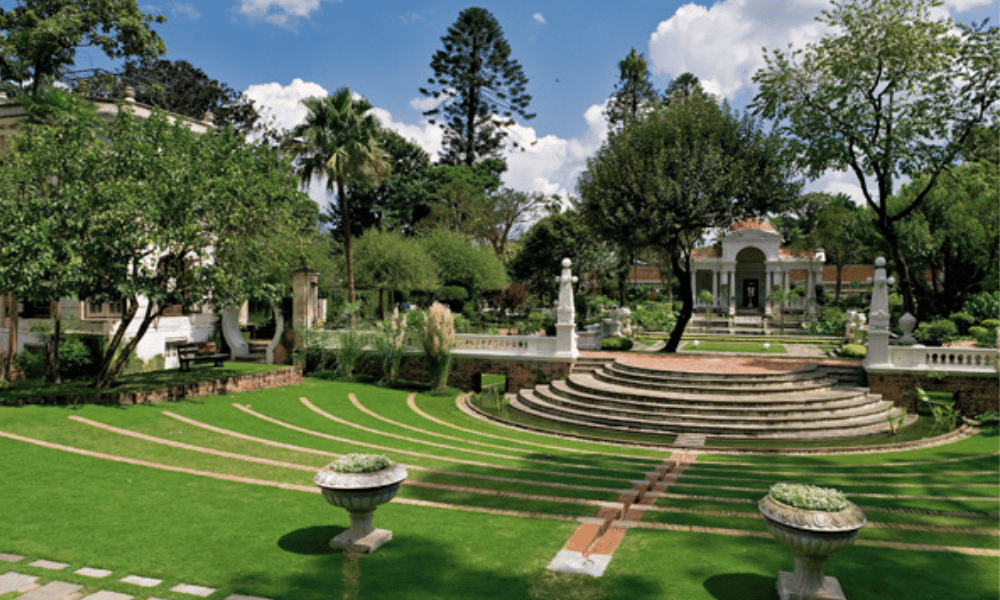
The amphitheater has hosted numerous cultural events, including concerts by local and international musicians, theatrical performances, and film screenings. It is a favorite spot for locals and tourists alike to relax and enjoy the arts in a serene and natural setting. With its unique design and prime location within the Garden of Dreams, the Amphitheater is one of the many cultural treasures that make the Garden of Dreams a must-visit destination for those traveling to Kathmandu.



